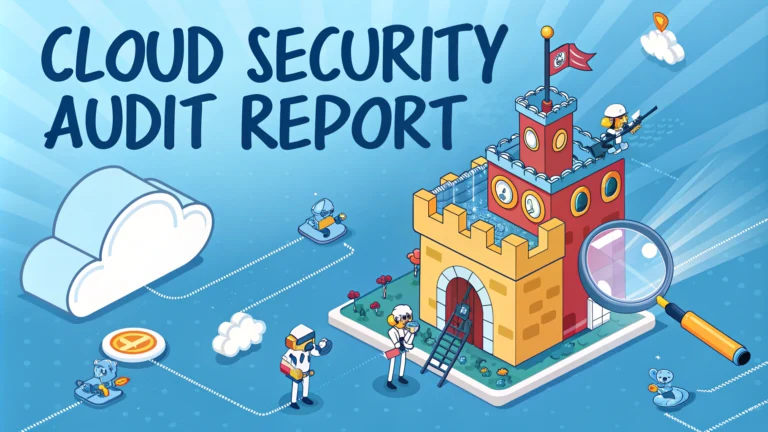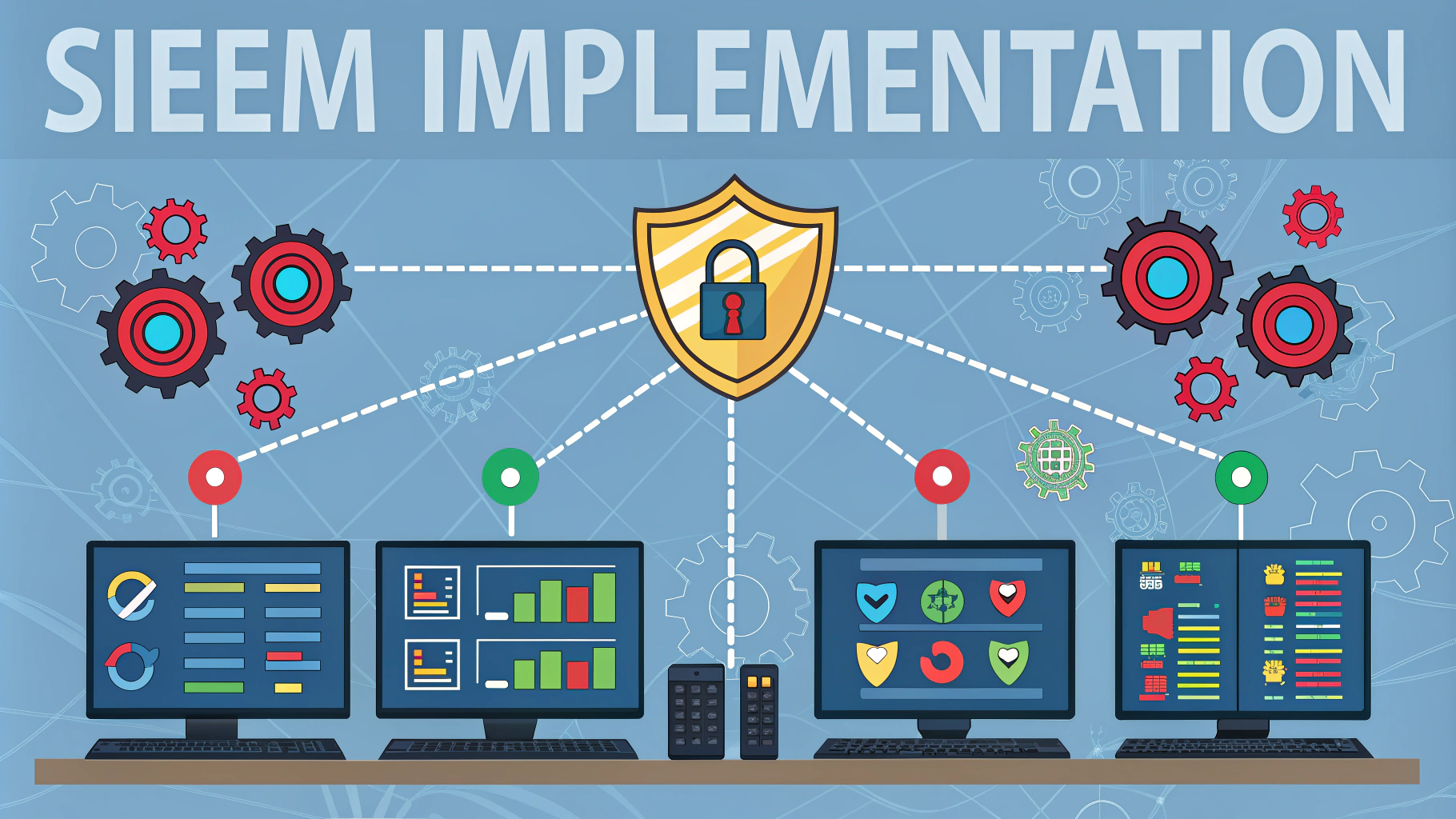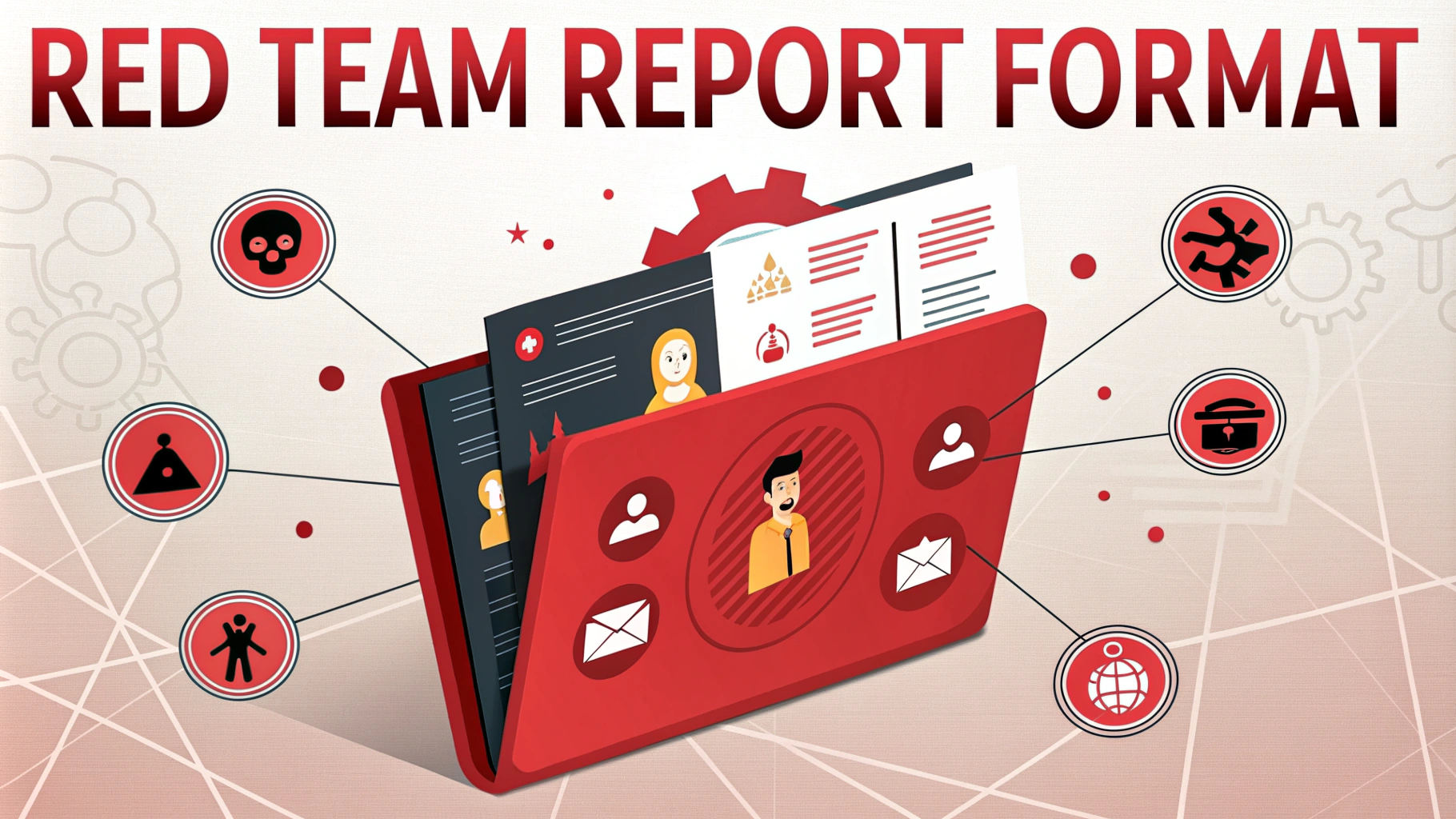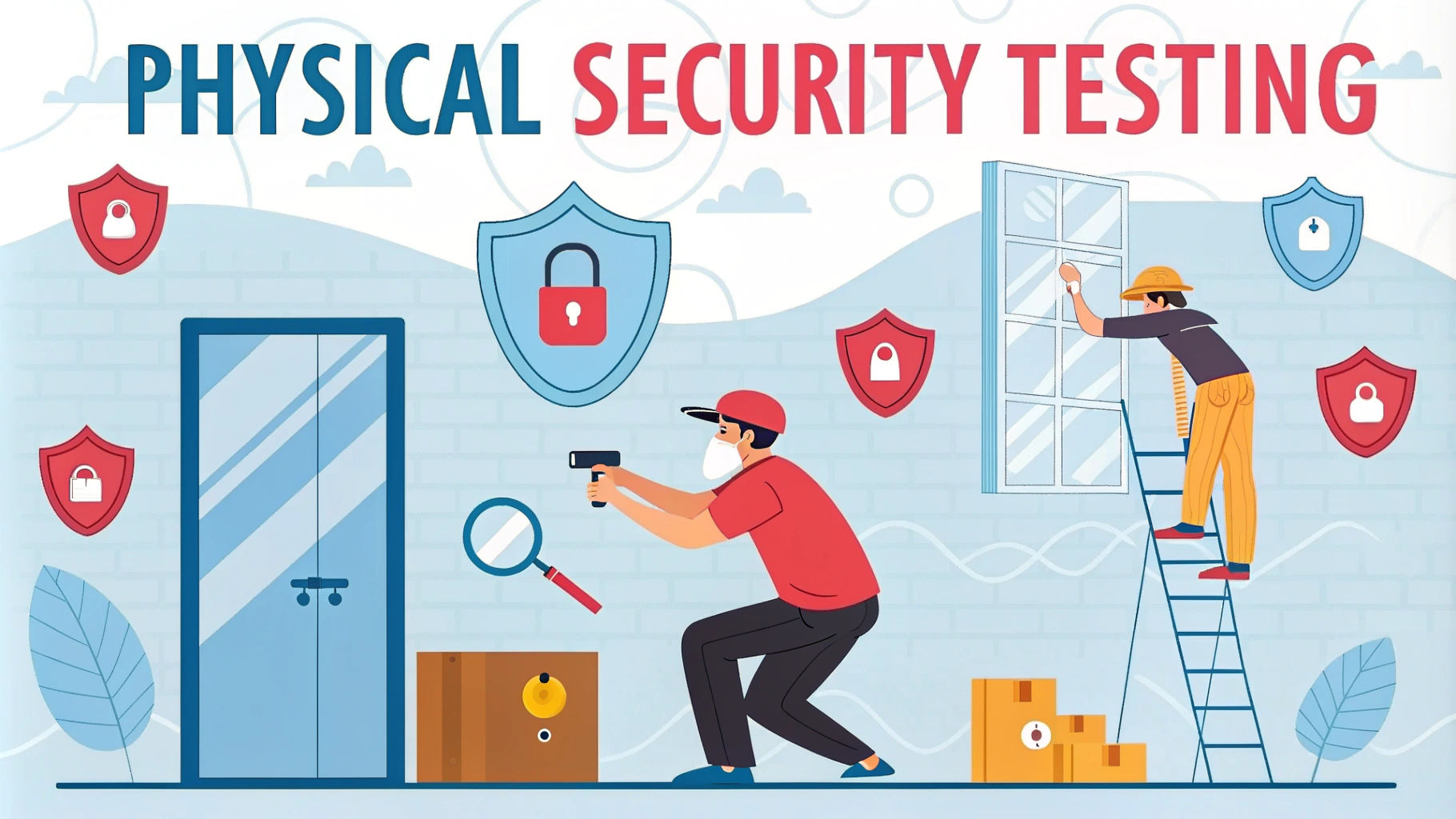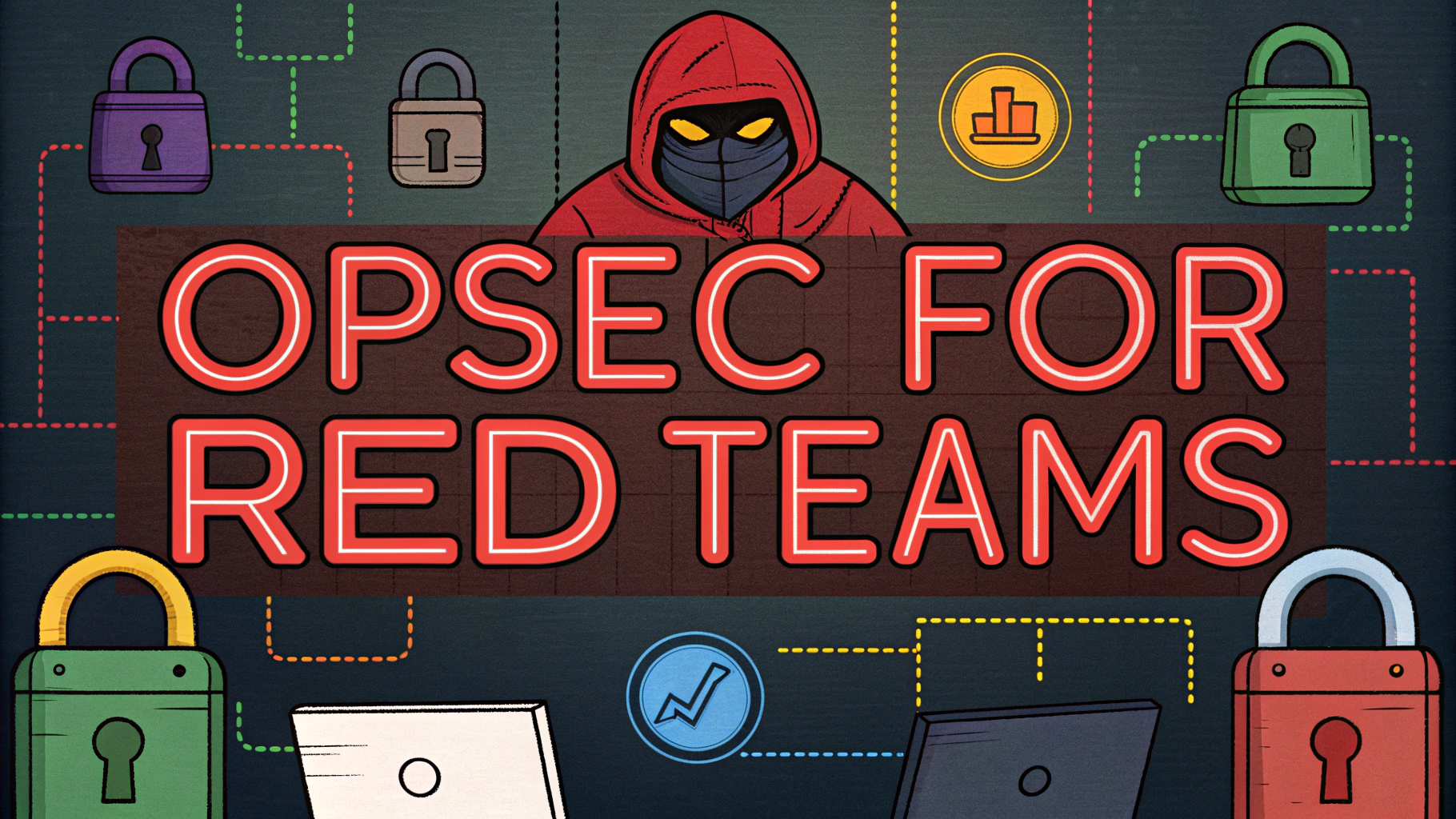Cloud security audits and penetration testing help organizations identify vulnerabilities in their cloud infrastructure before malicious actors can exploit them.
A well-executed cloud security audit combines automated scanning tools with manual testing techniques to evaluate security controls, access management, and data protection measures.
Regular penetration testing of cloud environments has become essential as organizations increasingly rely on cloud services for critical business operations and data storage.
Key Components of Cloud Security Audits
- Identity and Access Management (IAM) review
- Network security configuration assessment
- Data encryption verification
- Compliance requirements checking
- Security monitoring evaluation
Penetration Testing Methodology
Professional testers begin with reconnaissance to gather information about the target cloud environment.
Scanning tools identify potential vulnerabilities in cloud services, applications, and infrastructure components.
Manual testing validates findings and explores complex attack chains that automated tools might miss.
Common Cloud Security Vulnerabilities
- Misconfigured storage buckets
- Weak access controls
- Insecure APIs
- Unencrypted data transmission
- Inadequate logging and monitoring
Testing Tools and Resources
| Tool Type | Examples | Use Case |
|---|---|---|
| Cloud Security Scanners | Scout Suite, CloudSploit | Configuration assessment |
| Network Testing | Nmap, Metasploit | Vulnerability scanning |
| Web Application Testing | OWASP ZAP, Burp Suite | API and application testing |
Best Practices for Cloud Security Audits
- Establish clear scope and objectives
- Obtain necessary permissions from cloud service providers
- Use a combination of automated and manual testing
- Document all findings thoroughly
- Prioritize remediation based on risk level
Regulatory Compliance
Different industries have specific compliance requirements that affect cloud security audit procedures.
- HIPAA for healthcare
- PCI DSS for payment processing
- GDPR for European data protection
- SOC 2 for service organizations
Steps for Successful Implementation
- Define audit scope and objectives
- Select appropriate testing tools
- Execute security tests
- Analyze results
- Create remediation plan
- Implement security improvements
- Verify fixes
Taking Action on Audit Results
Create a prioritized remediation plan based on risk levels and business impact.
Implement security improvements through a controlled change management process.
Schedule regular follow-up audits to verify the effectiveness of security measures.
Contact reputable security firms like Coalfire or Secureworks for professional cloud security audit services.
Continuous Monitoring Strategies
Implement automated monitoring solutions to detect security issues in real-time between formal audits.
Set up alerts for suspicious activities, unauthorized access attempts, and configuration changes.
- Security information and event management (SIEM) integration
- Continuous vulnerability scanning
- Automated compliance checking
- Performance monitoring
Incident Response Planning
Develop comprehensive incident response procedures specific to cloud environments.
- Define roles and responsibilities
- Establish communication channels
- Create containment procedures
- Document recovery processes
- Plan for business continuity
Cost-Benefit Analysis
Investment Benefits
- Reduced risk of breaches
- Lower incident response costs
- Maintained regulatory compliance
- Enhanced customer trust
Resource Requirements
- Testing tools and licenses
- Professional services
- Staff training
- Remediation efforts
Strengthening Your Cloud Security Posture
Regular security audits and penetration testing form the foundation of a robust cloud security strategy.
Organizations must maintain vigilance through continuous monitoring and swift response to identified vulnerabilities.
Success in cloud security requires ongoing commitment to improvement and adaptation to emerging threats.
- Maintain security documentation
- Update security policies regularly
- Train staff on security best practices
- Stay informed about new threats
- Build security into cloud architecture
FAQs
- What is cloud security penetration testing?
Cloud security penetration testing is a systematic process of identifying and exploiting security vulnerabilities in cloud infrastructure, applications, and services to assess their security posture and resilience against cyber attacks. - How frequently should cloud penetration testing be performed?
Cloud penetration testing should be conducted at least annually, after major infrastructure changes, when new applications are deployed, or when significant updates are made to the cloud environment. - What are the main areas covered in cloud penetration testing?
Key areas include identity and access management (IAM), data encryption, API security, network security, container security, storage configuration, and compliance with security standards. - What permissions are needed to conduct cloud penetration testing?
Written permission from both the cloud service provider and the organization owning the cloud resources is required. Some providers like AWS require submission of a Vulnerability / Penetration Testing Request Form. - What tools are commonly used for cloud penetration testing?
Popular tools include Cloud Scanner, CloudSploit, Scout Suite, Pacu for AWS, Azure Security Scanner, and Cloud Security Suite, along with traditional tools like Nmap and Metasploit. - What are the risks of cloud penetration testing?
Risks include potential service disruption, data exposure, performance degradation, and unintended impact on shared resources or other tenants in multi-tenant environments. - What compliance standards are relevant to cloud penetration testing?
Key standards include SOC 2, ISO 27001, PCI DSS, HIPAA, and GDPR, which may require regular penetration testing as part of their compliance requirements. - How does cloud penetration testing differ from traditional network penetration testing?
Cloud penetration testing focuses on cloud-specific components like APIs, serverless functions, and managed services, requires different tools and methodologies, and must consider shared responsibility models. - What should a cloud penetration testing report include?
The report should detail discovered vulnerabilities, their severity levels, potential impact, exploitation methods, evidence of findings, and specific remediation recommendations. - What are the common vulnerabilities found in cloud penetration testing?
Common findings include misconfigured S3 buckets, weak IAM policies, exposed APIs, insufficient encryption, insecure storage configurations, and vulnerable container settings.
